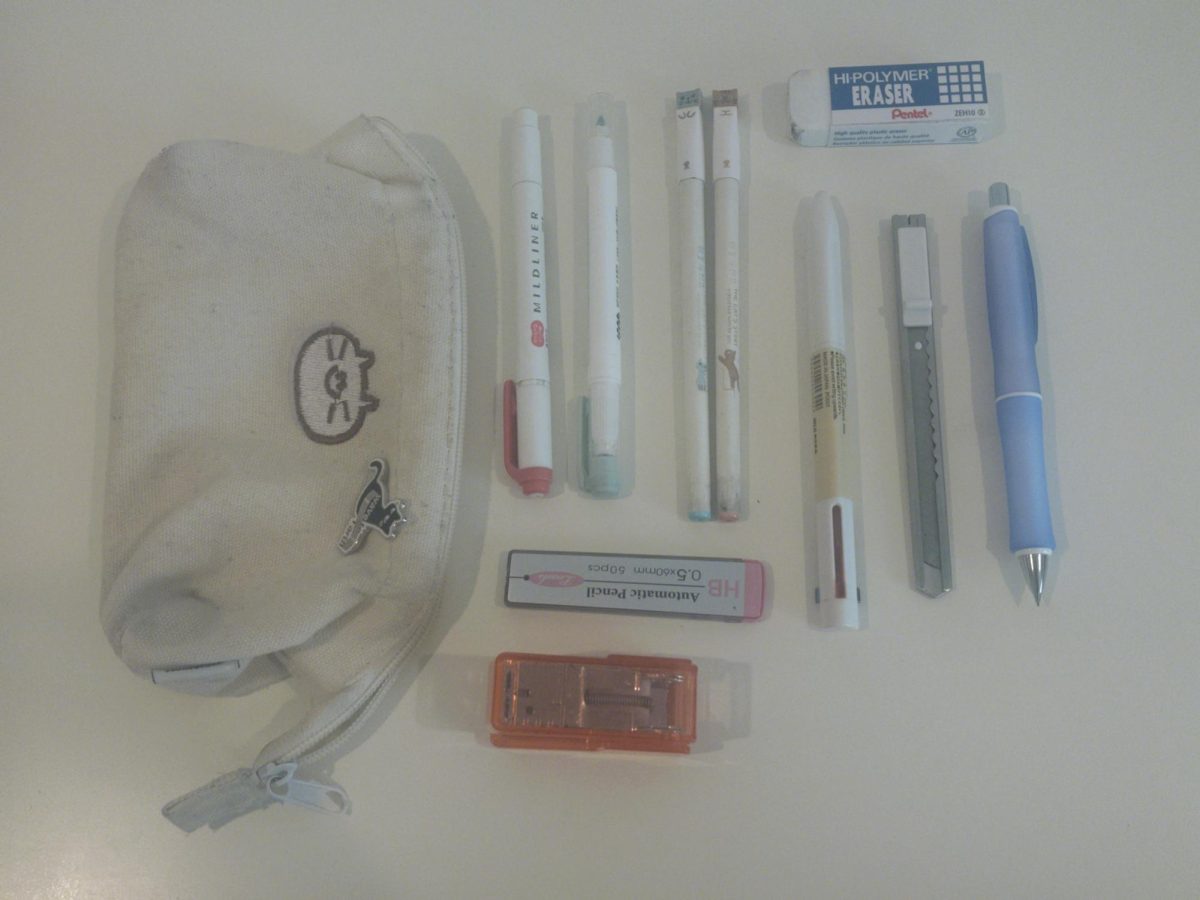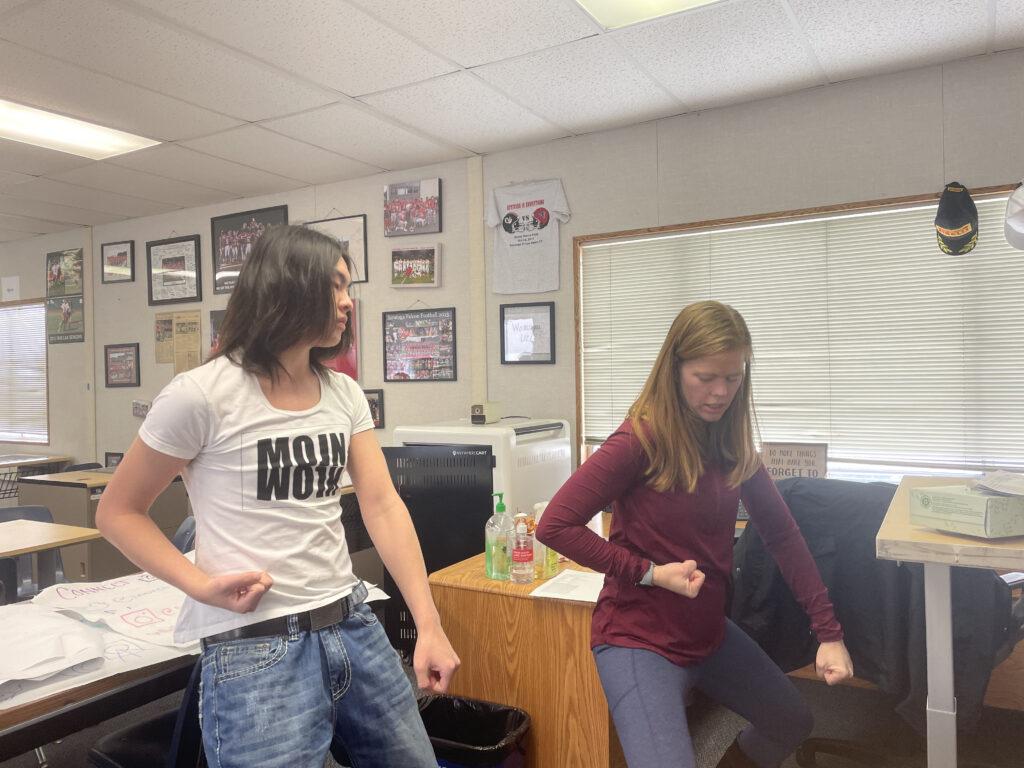The California Physical Education Code has eight mandatory areas of content that Intermediate P.E. must cover throughout the year: aquatics, individual and dual sports, team sports, gymnastics and tumbling, combatives, dance and two knowledge-based areas (the effect of physical activity upon dynamic health and mechanics of body movement). Before 2022, the school’s Intermediate P.E. curriculum, intended for sophomores and upperclassmen, didn’t cover all eight areas, instead placing an emphasis on weightlifting and CrossFit workouts.
Since taking over the class in 2022-2023, teacher Liz Alves is reshaping the curriculum to cover these areas of content while simultaneously allowing for some degree of fluidity.
“The curriculum is student-driven while also checking the necessary boxes, whereas before it was loosely based on what the teacher wanted to do at the time,” Alves said.
Alves conducted a survey at the beginning of the year to assess which activities students wanted to do and how much time should be spent per activity. For example, during an aquatics unit last semester, Alves gave students a choice between focusing on water polo, water aerobics or swimming. Water aerobics got substantial votes but wasn’t in the majority, so Alves planned for a single aerobics day amid a four-week swimming unit.
This voting-based model means the curriculum can deviate from year to year based on student interest, she said.
The class finished a combined self-defense and dance unit in February. While the units were previously separate, the change was made due to declining interest in dance this year. The units’ similarities are the main reason Alves paired them together: Both incorporate a sequence of moves and involve working with a partner — either through dancing in time with them or coordinating punches and blocks.
Real-life application was also emphasized during the self-defense unit, with Alves teaching students what to do in situations when a drink is spiked or if they get cornered in an alley.
Said Alves: “I want this curriculum to be useful. I don’t want it to be just another class that they have to take and then forget about. A lot of them will go away to college — they will be exposed to parties, potentially contaminated drinks, and potentially unwelcome attention. I want students to feel prepared and have something in their toolkit to combat that.“
This aspect is new, but not unwelcome, to students who have taken P.E. classes focused on strength building rather than real-life defense in the past.
“I’ve never experienced a class where actual situations are at the forefront of the curriculum,” junior Rani Khanna said. “It’s definitely one of the things I like about it — you are getting more payoff with the knowledge you learn.”
Alves plans to implement “student choice days” in the coming weeks. Students will be able to create their own workouts with exercises that can range from playing badminton to weightlifting. Then, the class will spend each period following the personalized routines.
“I try to teach in a way that is open to complete beginners,” Alves said. “I love seeing growth and development in students, especially when they’re trying something new, being brave and getting out of their comfort zone.”




























